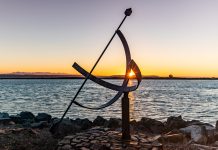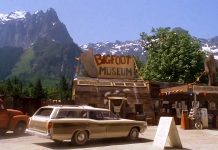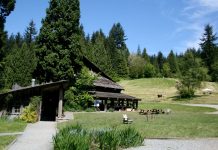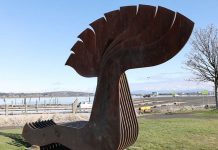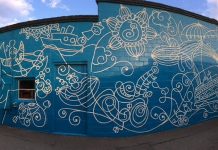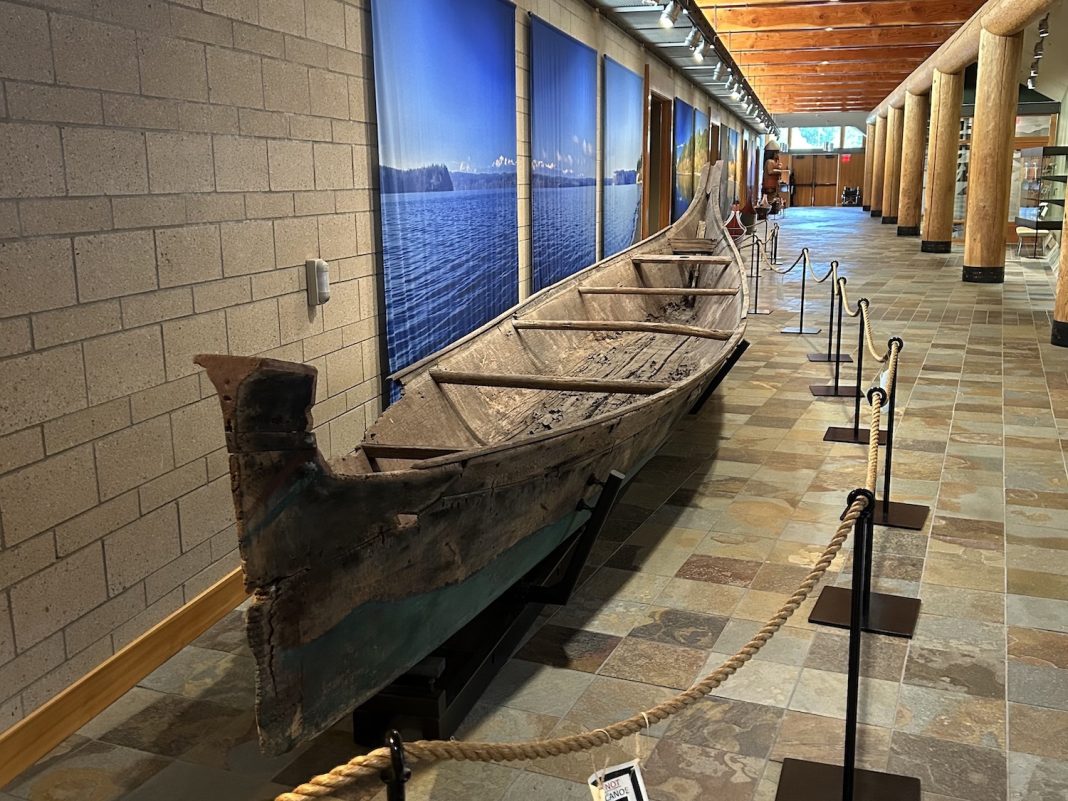In the center of the longhouse, coals crackle in a steady shade of red, lit up through the magic of special effects. Rows of benches point towards a video celebrating the many roles that this building’s real-life counterpart has served in the community: a place of worship, a forum for celebration, a welcoming spot for casual gatherings.
The Hibulb Cultural Center & Natural History Preserve is filled with this mixture of carefully recorded stories and beautifully constructed galleries. Equally invested in the past and present, the exhibits in the center explore the remarkable stories of the Tulalip people, covering intersecting cultures, intricate mythologies, and powerful relationships to natural resources. It is historically oriented, but also proudly focused on more recent achievements.
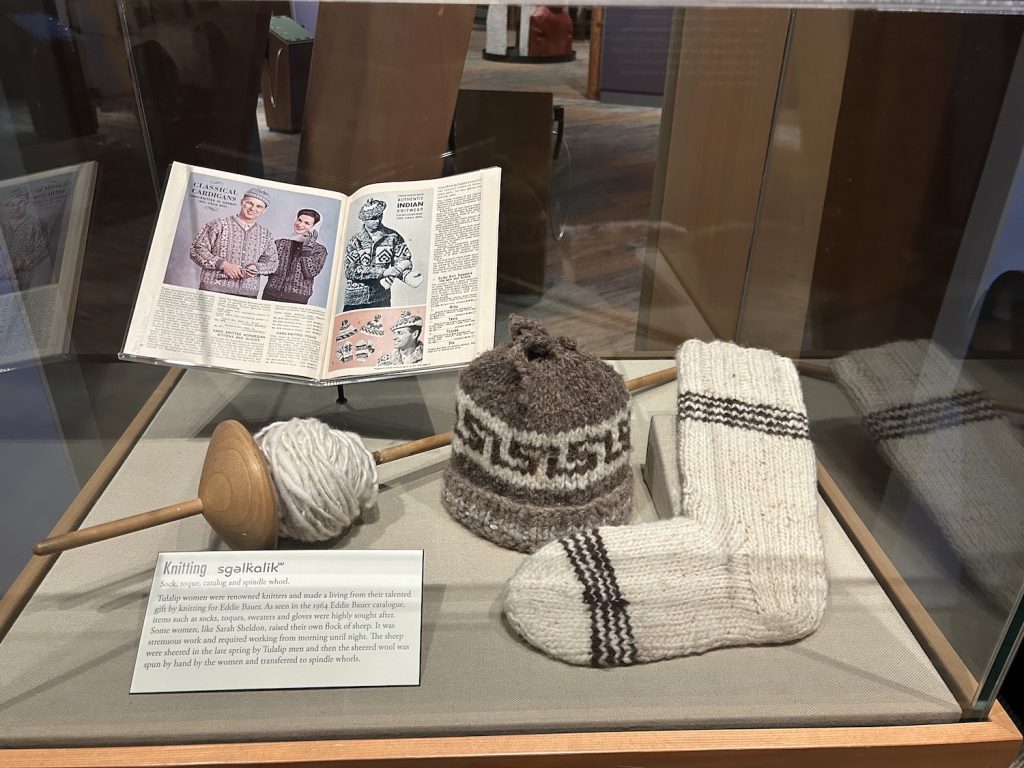
The Tulalip People and Their Stories
The origins of the Tulalip people go back centuries, and include connections to a much broader network of tribes throughout the region. Of course, the surrounding lands played a crucial role in the story.
They are part of the Coast Salish peoples. Per the Tulalip Visitors Guide, they describe themselves as “successors in interest” to signers of the 1855 treaty of Point Elliott, such as the Skykomish, Snohomish, and Snoqualmie. As part of the negotiation process, these tribes agreed to move to the Tulalip Bay area, which was designated the Tulalip Reservation.
For the past 91 years, they have been recognized as one governmental entity under federal law. But the museum highlights centuries of deep connections between the different groups and the regional identities that transcend any one designation.
“Traditional Languages of the Coast Salish Peoples” showcases 23 of the dialects used throughout the area, capturing not only the illustrious history of the etymology but also the ongoing efforts to preserve and revitalize them after colonization.
Just around the corner, a series of recordings display another key element of the oral history of the region, playing a loop of stories that have made their mark on generations. Featuring characters such as Bat, Bear, Star Child, and Basket Ogress, the stories touch on everything from traditional craftwork and interpersonal relations to the creation of life itself.
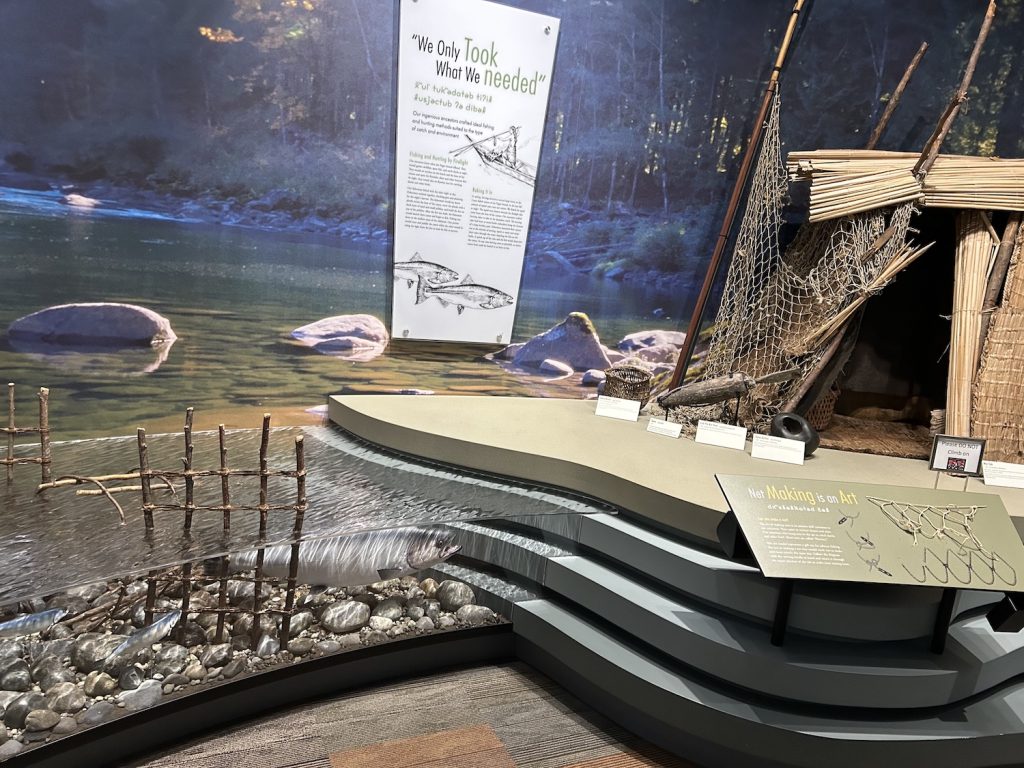
Arts, Sports, And The Day-To-Day
Along with the broader scope of history, the museum emphasizes the value of the daily activities that add texture and meaning to any society, with galleries that show off diversions, creative activities, and even places of worship.
Slahal, a classic Coast Salish game played with sticks and bones, is prominently featured right next to trophies and letterman sweaters from illustrious high school football careers. There are examples of traditional knitting patterns and stylized baskets, massive canoes for traversing various waterways and dolls woven lovingly by hand. One minute, visitors may be enjoying the eclectic styles of creative community members in a youth-focused art show, and the next, diving into the history of the Indian Shaker Church.
But the narratives here are not just focused on humans; after all, a deep connection to the natural world is one of the hallmarks of the Tulalip Tribes, and the museum shows off all of the ways in which local species have become interwoven into the larger culture.
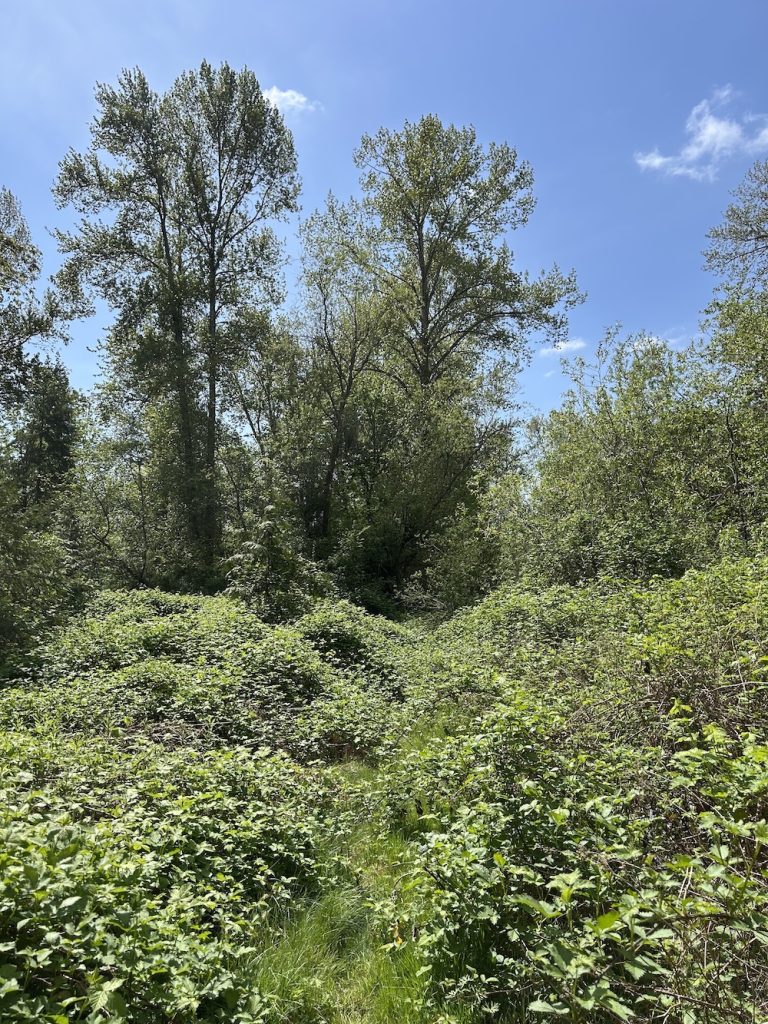
Paying Tribute To Nature at the Hibulb Cultural Center
Animals and plants are prominently featured throughout the museum, reflecting their significance to the tribe. Along with stories featuring orcas, birds, and seals, two stars stand out: cedar and salmon.
The area has long been home to schools of Coho, Steelhead, and Sockeye, and the fish have been prominent fixtures in mythology and community meals alike. This includes the stories of King Salmon and the Salmon People. According to legend, they regularly communicated with the human world, and it was these connections that fostered a healthy system that allowed the fish to thrive and the humans to eat well.
The trees and their bounty were equally crucial in building society, sometimes literally. As a plaque in the museum explains, “Cedar is the perfect resource, providing everything from tools, baskets, and bowls to long-lasting carvings. It has medicinal and spiritual purposes. Every part of the tree is used and nothing is wasted.”
There is an even stronger sense of these connections out on the grounds around the center. Fifty acres of land have been carefully preserved, with plenty of trails leading through the trees and out towards the wetlands.
It is the perfect way to get a taste of the diverse, active ecosystem that has long supported the Tulalip people, and which they, in turn, seek to protect and promote. With new exhibits and educational programs continually cycling through, all of the stories that form the heart of this space are perpetually evolving and always worth exploring.
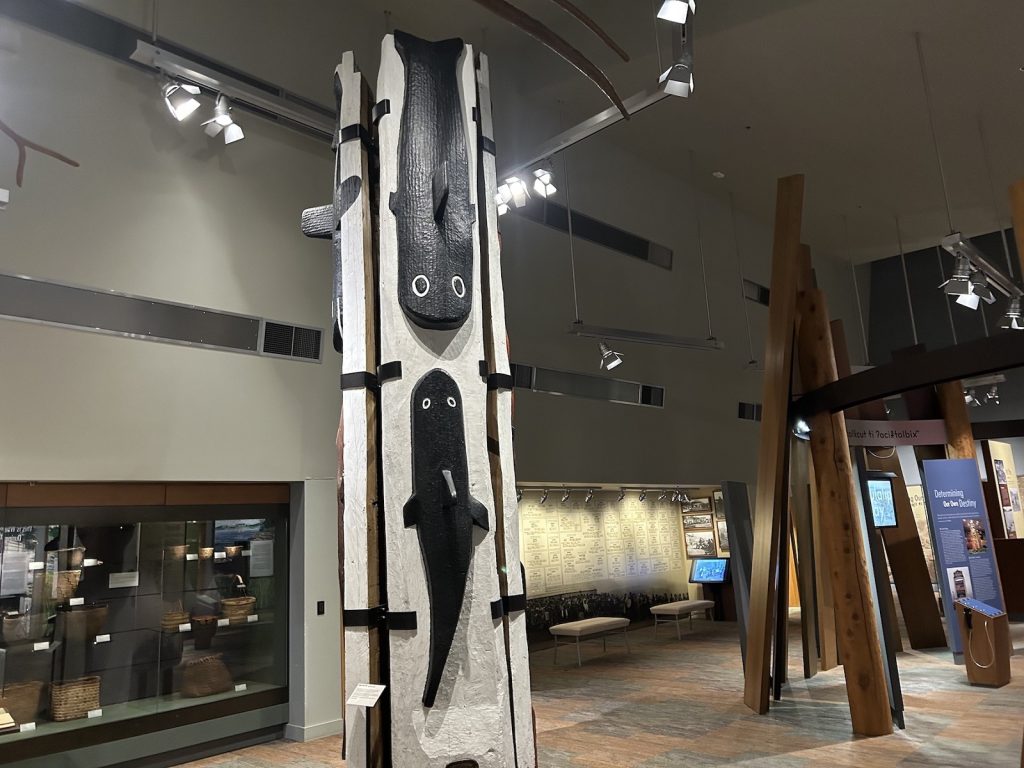
The Hibulb Cultural Center & Natural History Preserve is located at 6410 23rd Avenue NE in Tulalip. It is open 10 a.m. to 5 p.m. Tuesday through Friday, and 12 to 5 p.m. on Saturday and Sunday. For information on upcoming events and exhibits, take a look at their website. You can also learn more about the Tulalip Tribes here.


